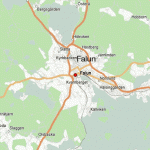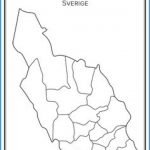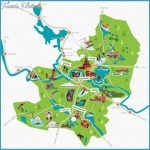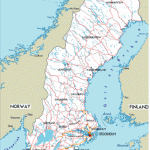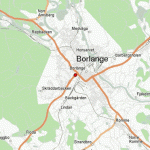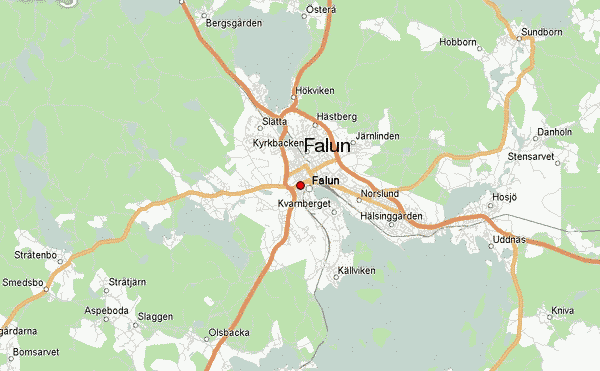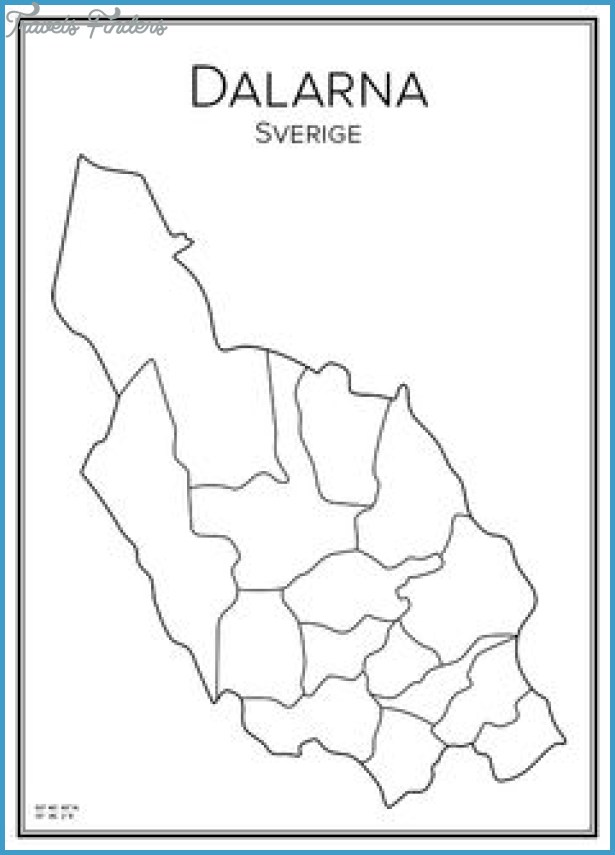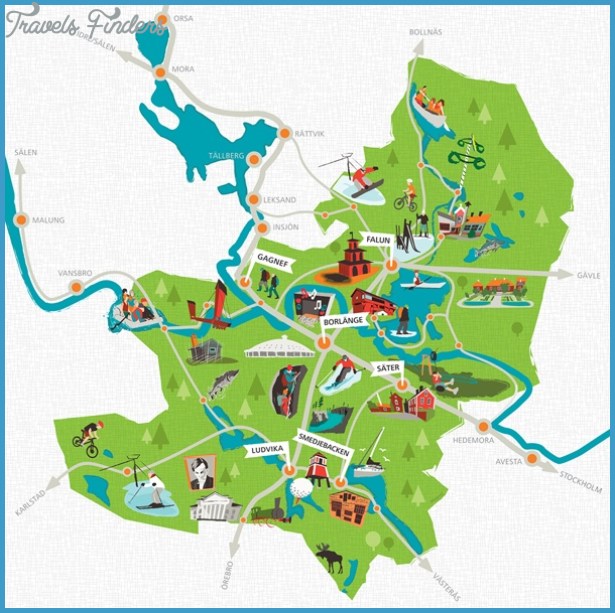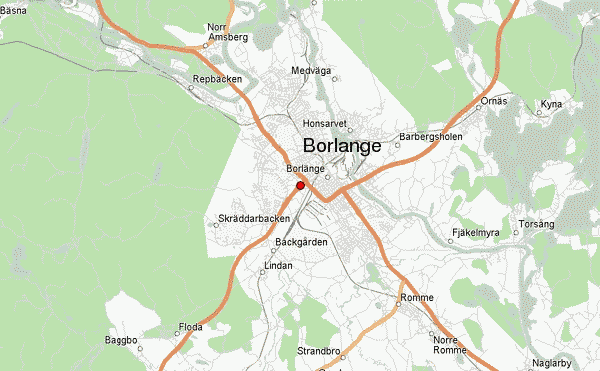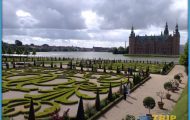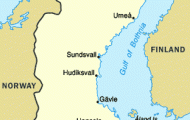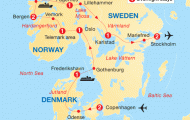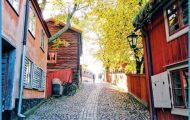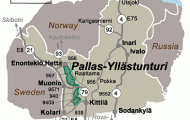Tullkammaregatan I, S-79131 Falun; tel. (0 23) 1 06 30
The little wooden horses of Dalarna, also known in English as Dalecarlia, lies NW of Stockholm, extending to the Norwegian frontier. It is one of Sweden’s principal tourist regions, and is undoubtedly one of the most attractive parts of the country a wooded upland region watered by the rivers Vaster-dalalv and Osterdalalv, with fertile valleys, the beautiful Lake Siljan in the middle of the area and rugged rocky hills to the NW. Dalarna is also popular for skiing (particularly cross-country skiing). It is noted for the brightly coloured little wooden horses which are a traditional local craft.
Towards the Norwegian frontier the land rises to some 1200 m (3900 ft). Some 20,050 hectares (50,000 acres) 72% of the total area of Dalarna are covered with forest. In addition to agriculture and forestry (woodworking industry) there are also mines in the SW of the province (iron-smelting, steel works). The old mining town of Falun produces the Falu red paint (originally a by-product of copper-mining) with which many Swedish houses are painted. The attractions of Dalarma for the tourist include walking, fishing, watersportsand, in winter, skiing.
The distance from Stockholm to Lake Siljan is about 260 km (160 miles).
The people of Dalarna are noted for their bravery and love of freedom. In 1434 Engelbrekt Engelbrektsson led a peasant rising against the ruler of the region, Eric of Pomerania. In 1520 Gustav Eriksson called on his countrymen to rise against King Christian II of Denmark, and in 1523 he was crowned as King Gustav I Vasa of Sweden (his portrait still appears on Swedish 5-kr. notes). His flight towards Norway at the beginning of the rising is commemorated in the Vasa Run (Vasaloppet), a cross-country ski run of 85-8 km (53 miles) between Salen and Mora which is held every year at the beginning of March (first run 1922; in 1979 some 10,000 participants). By the middle of the 19th c. Dalarna was already a popular tourist region. The celebrations of Midsummer Night are carried on particularly enthusiastically on Lake Siljan, the heart of Sweden. Unfortunately, however, these old customs have lost much of their original charm: visitors are likely to see them at their best in the smaller towns and villages.
Tour of Dalarna. Visitors coming from the S can reach Dalarna either on Road 60 from Orebro or Road 70 from Stockholm. The starting point of the tour is the town of Avesta, 170 km (105 miles) NW of Stockholm.
Avesta (alt. 84 m (276 ft); pop. 26,900; Star Hotel, 126 b.), on the Dalalv (two waterfalls), has been a considerable industrial town since the 14th c. The largest copper coin in the world, weighing almost 20 kg (45 lb), was once minted here; and the town now has a large steelworks producing high-grade steel. The Gamla By (Old Town) in the middle of Avesta still has all the atmosphere of the 17th park, with a large herd of bison.
6 km (4 miles) SE of Avesta is Karlbo, with the house (TolvmannagSrd) in which the poet Erik Axel Karlfeldt (1864-1931) was bom. His grave is in Folkarna cemetery, 11 km (7 miles) NE.
20 km (12 miles) beyond Avesta on Road. 70 is Hedemora (alt. 107 m (351 ft); pop. 17,000; Stadshotellet, 55 b.), the oldest town in Dalarna (chartered 1446). In the main square, Stora Torget, are the Town Hall (1761) and a red timber-built pharmacy of 1779. The Theatre (1820) formerly also served as a granary. The church dates from 1441. To the N of the town, on a small lake, is an open-air museum with old houses (Hedemora GammelgSrd).
12 km (7i miles) NE (Road 270), on the Dalalv, is the village of Nasg£rd, from which an interesting circuit of some 35 km (22 miles) can be made (the Husbyring): Husby Kungsgard, where the first mining rights in the Falu mines ( 90) were granted in 1347. The church has retained its original medieval interior. Stjarnsund, on Lake Grycken. There was an iron foundry in operation here until 1942. Manufacture of Stjarnsund clocks, once made by Christopher Polhem (1661-1751); museum. Old craftsmen’s houses Silvhyttea, with an old iron foundry (restored). Hogsta-Weg (1-1 km mile), with ancient stone-settings. Kloster has the ruins of the Cistercian monastery of Gudsberga (1477-1538).

